With the release of Dharma Production’s Gunjan Saxena: The Kargil Girl, there was a lot of positive buzz about the film which translated it into praising reviews. Based on the life of Flight Commander Gunjan Saxena, India’s first female combat pilot in the Kargil War of 1999, the film was appreciated for its storyline and performances.
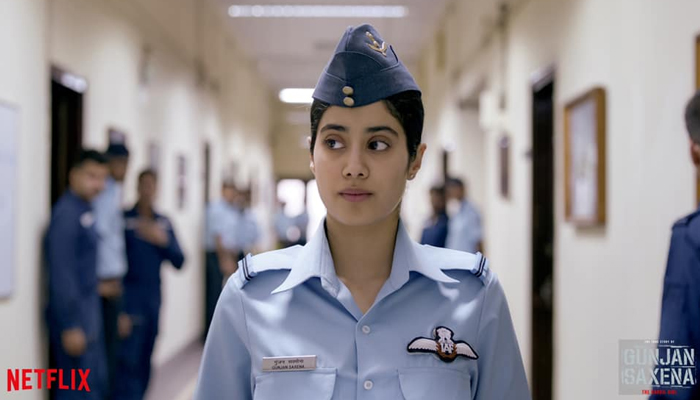
However, there have been some who are choosing underhanded ways to malign the inspiring story. Recently, retired Indian Air Force Wing Commander Namrita Chandi took offence to the maltreatment of women showcased in the movie. In an open letter, the retired commander insists that she “never faced the kind of abuse and maltreatment as was portrayed in the movie”.
Namrita became IAF’s first woman helicopter pilot to be deployed in Leh and to fly to the world’s highest advanced landing ground in Siachen at 18,000 feet. She had blogged about the same sexist issues that Janhvi’s character in the film had to go through in the January-March 2013 journal of the United Service Institution of India, a journal that was founded in 1870 and popularizes art, science, and literature of National Security and the Defence Services.
Not only has the Wing Commander forgotten about the blog, but she also seems to have forgotten about her podcast where she has revealed that there were sexist jokes and bad language in the IAF during her time as a helicopter pilot. Months before the biographical war film by Dharma Productions was released, Namrita had admitted to there being maltreatment of women in IAF on bestselling author Somdutta Sarkar’s podcast ‘Intensify Humanity’.
In her open letter, Chandi insists that “men in uniform are true gentlemen and professionals” and that Karan Johar’s film “peddles lies” with its “portrayal of sexism in the Air Force”. But Gunjan Saxena has never snitched about the male officers and has found no fault with her representation in the film.
Chandi seems to have forgotten that Gunjan, also had to prove herself professionally because she was being closely watched and her competence was being judged and that both of them “shared the men’s toilet and changing room” and had to be “=”one of the boys” if they wanted to be accepted as part of the team.
As per Namrita Chandi’s implications, the only questions that arise are why would Janhvi Kapoor accept the role, and Karan Johar make this film if they had a “poor and pathetic impression of ‘us women’’ in the IAF”? It’s simple because they considered Gunjan Saxena to be an inspiration and a heroine.
And just as Chandi silently overcame these challenges, the sexist jokes and bad language that were the norm, Gunjan Saxena too overcame the same challenges by quietly excelling because she was under the scanner and failure was not an option.
Professionally, while Gunjan was deployed as a helicopter pilot in Kargil and flew 40 dangerous war missions to rescue injured soldiers, transport supplies and assist in surveillance, Chandi after flying in the Siachen Glacier regretted in her public blog that “she was not able to be ‘Glacier Captain’ as it was against the IAF rules for a lady pilot to be Glacier Captain”.
Chandi has the impression Janhvi came away with a “poor and pathetic impression of us women” after doing the film. Why has she assumed that? And wasn’t Gunjan Saxena one of “us women”? Would the actress, an intelligent girl, accept the role if she had this impression of the Kargil War veteran? Instead, Janhvi was inspired by the IAF Flight Lieutenant and portrayed her as an inspiration and a heroine.


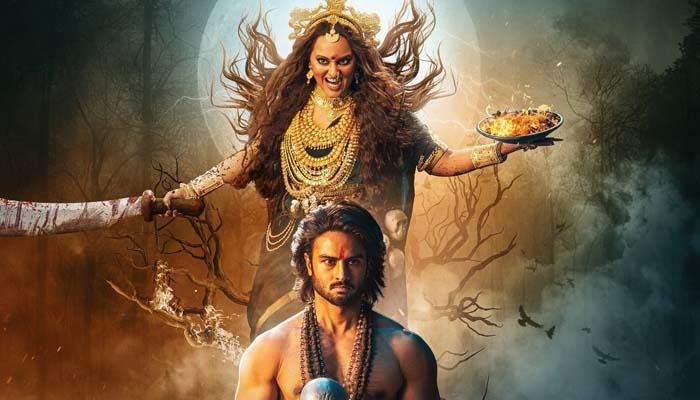
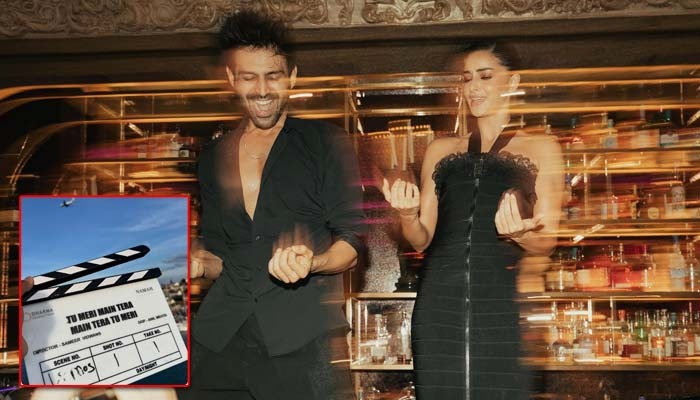

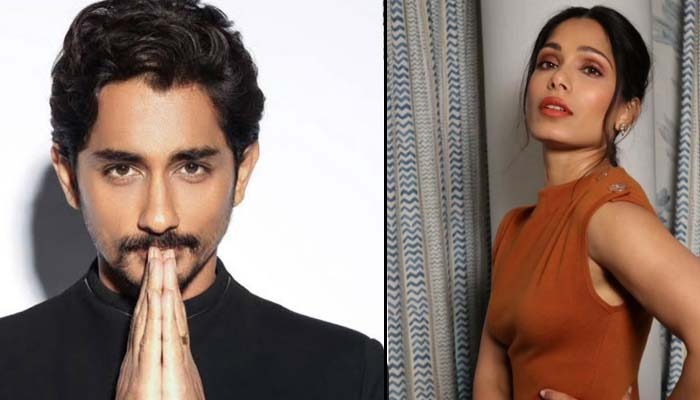
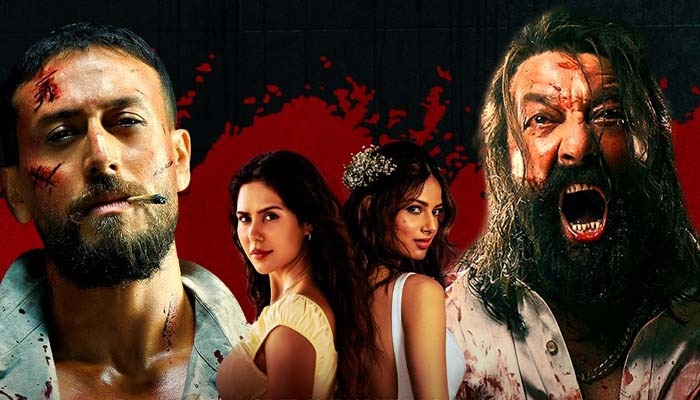
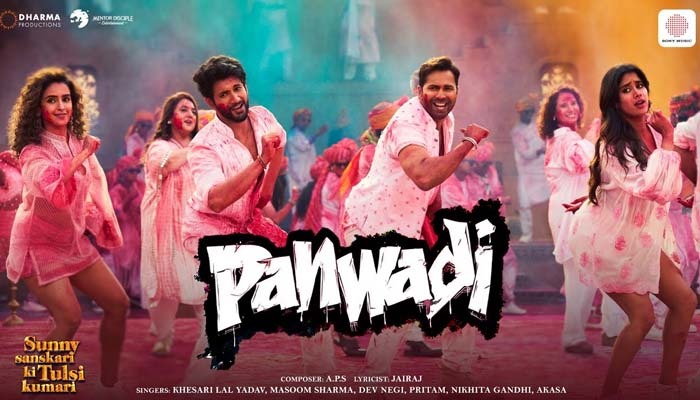
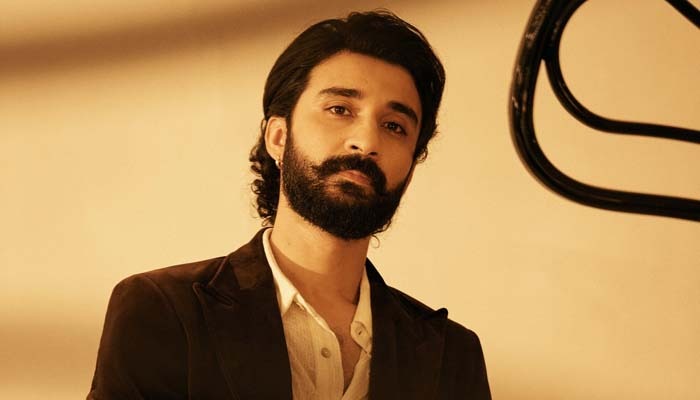
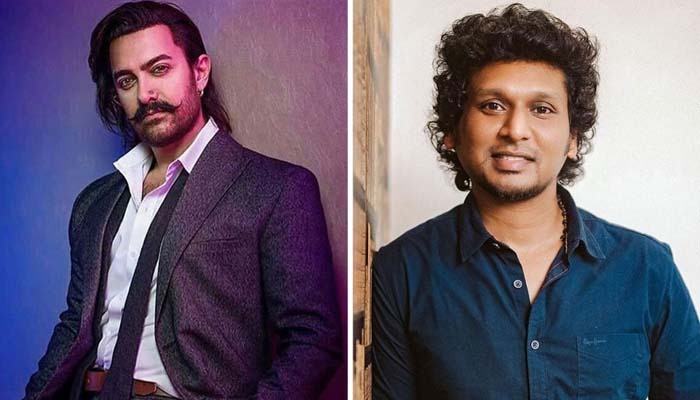
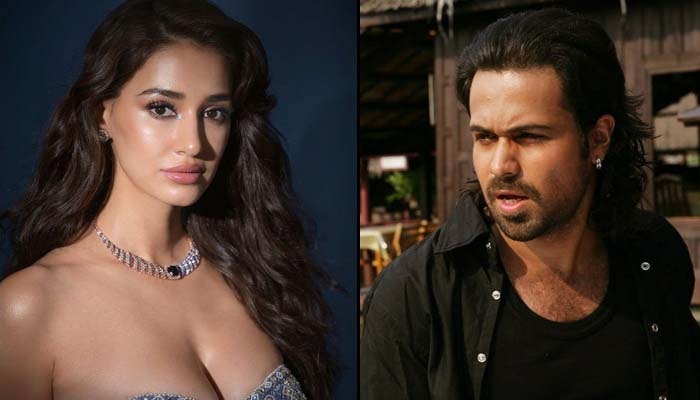

Leave a Reply